Freischuss
19.01.2010 – 19.02.2010
Lichthof Ost of Humboldt University of Berlin
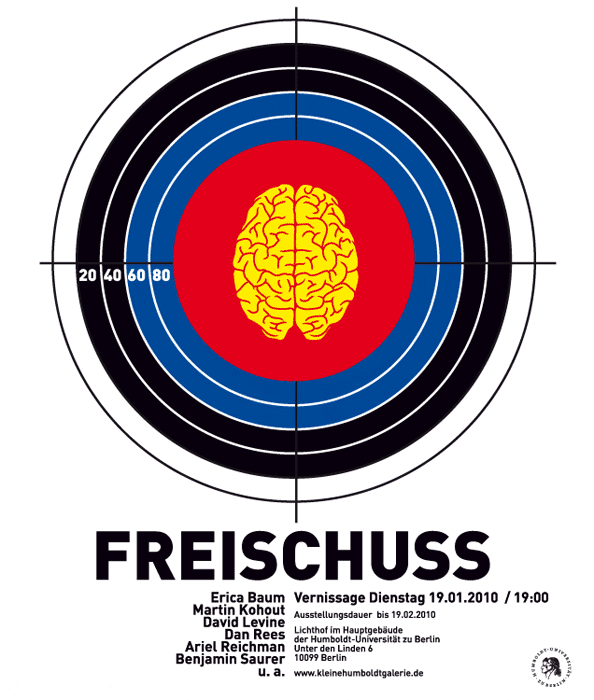
It might have been a particularly understanding parent or a well-meaning teacher, who at some point simply inverted one of Seneca the Younger’s best known statements, “Non vitae, sed scholae discimus,” and thus created one of the most enduring mantras of institutionalized bourgeois education:
“It is not for school, but for life that we learn”
The question of when, precisely, this ominous life begins – either right after school maybe, or following a solid university level education – has traditionally been omitted just as carefully as the nagging suspicion that school and education might be more than just a mere preparatory state for some more or less clear cut idea of future living.
The re-established Kleine Humboldt Galerie aims to examine and contrast the different, and sometimes incompatible, ideas of education and learning at play in everyday university life. It seems that, while having been discussed rather heatedly in the wake of the Bolognese education reforms, the tension that occurs between the ideals of “Bildung” and “Ausbildung” is still being largely overlooked on an everyday basis.
For Freischuss, the first in a series of exhibitions dealing with these issues, the HU’s historical east-wing Lichthof is turned into a type of educational space that – in contrast to the classroom or auditorium – allows free-floating, nap-taking and other non-linear forms of education in a reading room-type setup.
The exhibition brings together a number of artworks in which different aspects of learning and education play an important part. Of central concern are the various, and sometimes problematic, effects that may result from the “over-fortification” of ideals and goals in education, both inside and outside the classical institution. Preserved specimens and educational posters taken from the university’s zoological collection serve as a guiding metaphor for the exhibition. They illustrate growth processes of snakes and crabs, both of which are animals that continue to grow throughout their lives and never reach maturity in the way that this term is understood with mammals.
The title of the exhibition is taken from student-jargon in which the term “Freischuss” describes a policy originally created to limit stress for law-students. According to the policy, students may “take a shot” at particularly important exams and re-take them, should they not be satisfied with the result.
While being an example for the application of some of the exhibition’s more abstract themes in actual university life, the title can also be understood as positioning the exhibition within the work of the KHG. Freischuss will serve as an introduction into some of the basic themes that will dominate the KHG’s future work and as a first step towards what will hopefully be a long-term re-establishment of the institution.
Download press release .
List of works
1 | Slavs and Tatars, Wrong & Strong, 2005
6 Offset prints mounted on MDF – board
2 | Dan Rees, Things I Did When I Was A Young Man, 2007
Courtesy Tanya Leighton Gallery, Berlin
includes (from left to right):
– Variable Peace (Jonathan Monk), 2006
Video
– What is Gillian Wearing?, 2005
Photography
– A Cup of Tea with Gavin Turk, 2007
Tea on Somerset paper
[An original edition by Gavin Turk titled Tea Stain, with an added tea stain from myself]
– Holiday Money, 2006
Coins, Card
[Holiday drawings are made using coins collected on various trips and holidays abroad]
– All the money in my pocket, 2010
pencil on paper
3 | Ariel Reichman, Hara (Scheiße), 2010
Video 2:03 Min.
4 | David Levine, Bauerntheater (Dokumentarfilm), 2007
Video 30:00 Min.
5 | Martin Kohout, Script Pad, 2010
Mixed media on paper
6 | Gareth Moore, Back here you can’t see the ground through the snow, 2010
Stone, receipt, graphite, paper
7 | Benjamin Saurer, Ohne Titel, 2010
Mixed media installation
8 | Erica Baum, Card Catalogues, 1996/97
Silver Gelatin print
Courtesy Lüttgenmeijer, Berlin
Artists
Erica Baum
Martin Kohout
David Levine
Gareth Moore
Dan Rees
Ariel Reichman
Benjamin Saurer
Slavs and Tatars
Curated by Gregor Quack.
Special Thanks to Dr. Angelika Keune, Dagmar Oehler, Eva–Maria Kolb, Dr. Steffen Hofmann, Prof. Gerhard Scholtz, Carson Chan, Clement Rognant, Annika Rixen, Robert Meijer, Nadine Helm, Constance Krüger.

© Kleine Humboldt Galerie

© Kleine Humboldt Galerie

© Kleine Humboldt Galerie
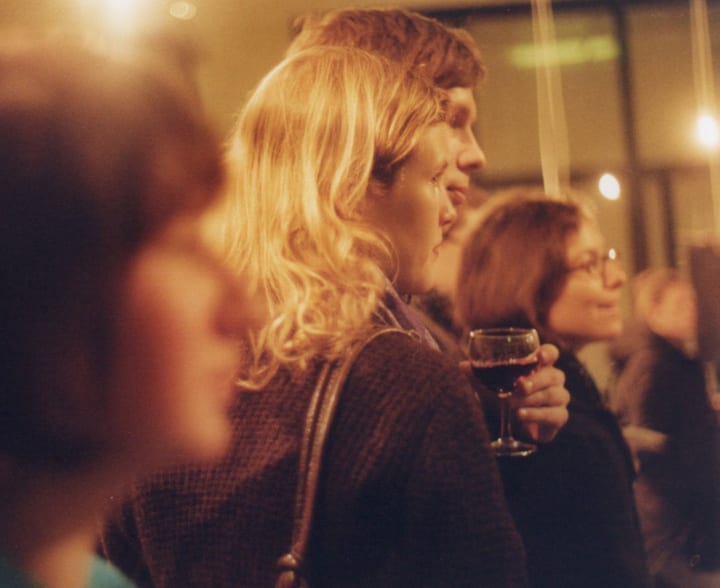
© Kleine Humboldt Galerie

© Kleine Humboldt Galerie

© Kleine Humboldt Galerie

© Kleine Humboldt Galerie

© Kleine Humboldt Galerie
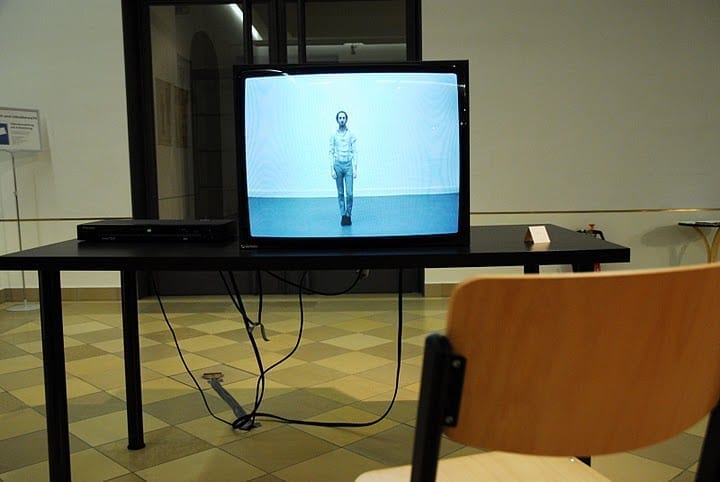
© Kleine Humboldt Galerie

© Kleine Humboldt Galerie

© Kleine Humboldt Galerie

© Kleine Humboldt Galerie

© Kleine Humboldt Galerie

© Kleine Humboldt Galerie
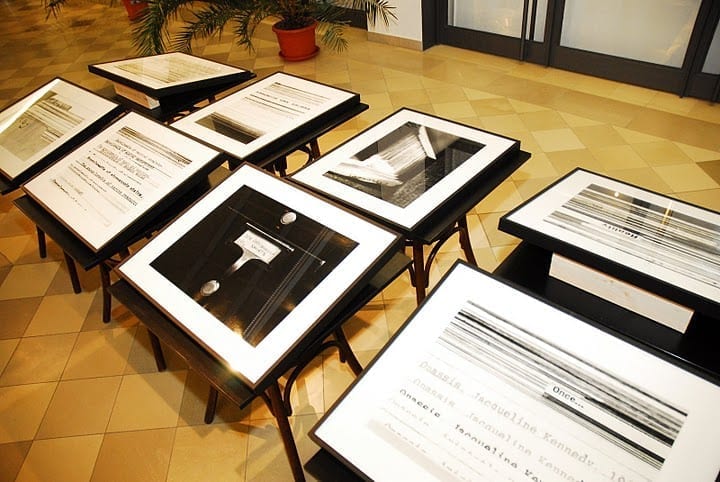
© Kleine Humboldt Galerie

© Kleine Humboldt Galerie

© Kleine Humboldt Galerie

© Kleine Humboldt Galerie

© Kleine Humboldt Galerie

© Kleine Humboldt Galerie
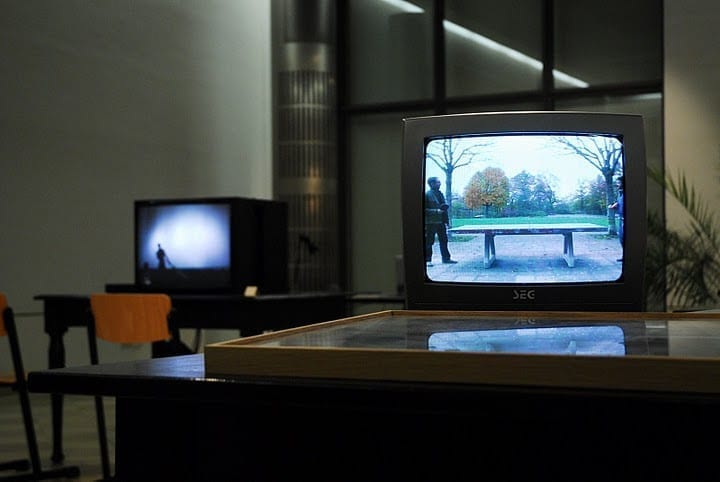
© Kleine Humboldt Galerie

© Kleine Humboldt Galerie

© Kleine Humboldt Galerie

© Kleine Humboldt Galerie
